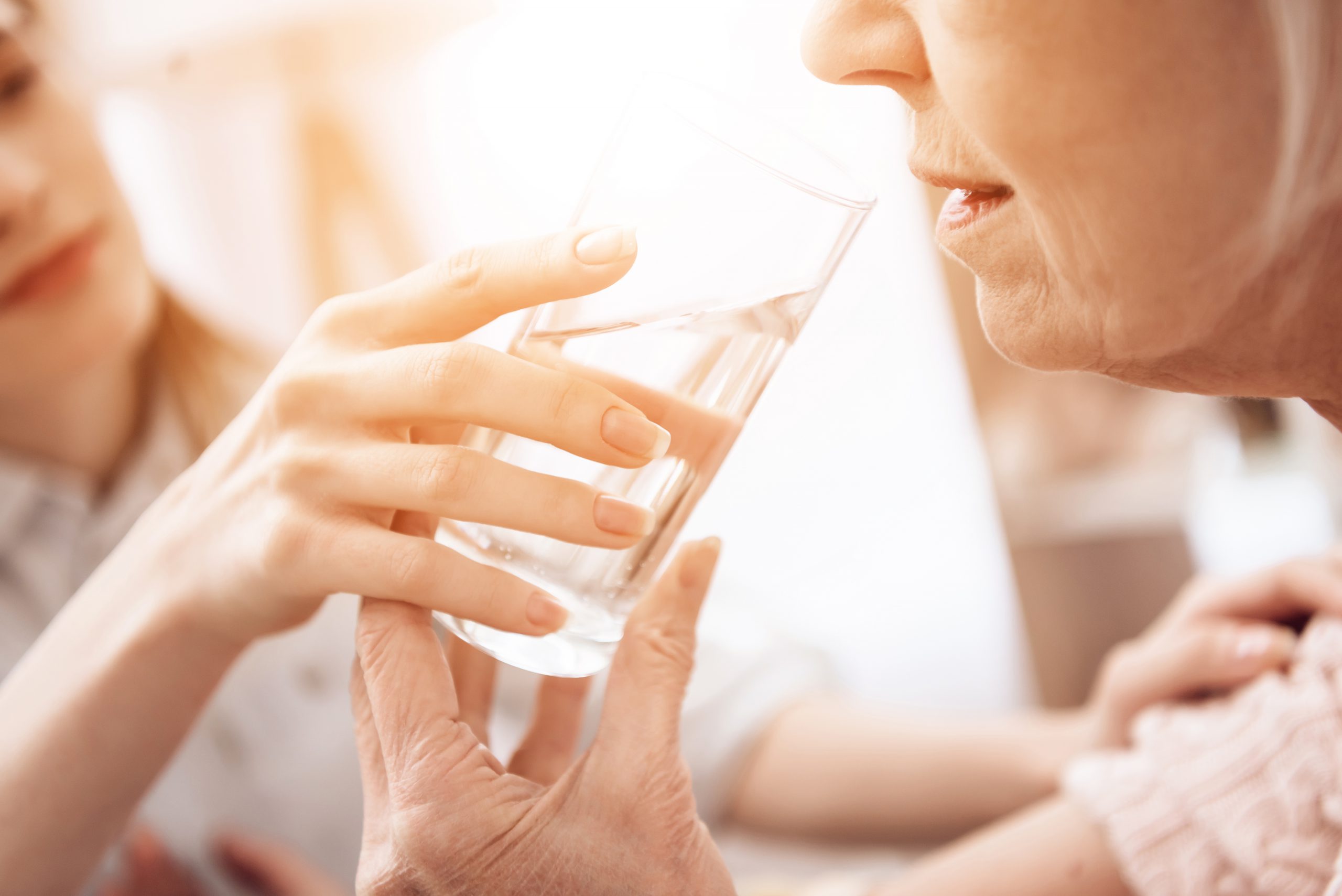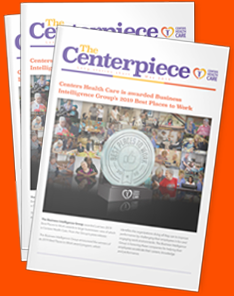Annual Drinking Water Quality Report for 2019
Cooperstown Center
128 Phoenix Mills Cross Road,
Cooperstown, New York 13326
(Public Water Supply ID: NY3830079)
INTRODUCTION
To comply with State regulations Cooperstown Center will be annually issuing a report describing the quality of your drinking water for Cooperstown Center. The purpose of this report is to raise your understanding of drinking water and awareness of the need to protect our drinking water sources. Last year you tap water met all State drinking water health standards. We are proud to report that our system did not violate a maximum contaminant level or any other water quality standard. This report provides an overview of last year’s water quality. Included are details about where your water comes from, what it contains and how it compares to State standards.
WHERE DOES OUR WATER COME FROM?
In general, the sources of drinking water (both tap water and bottled water) include rivers, lakes, streams, ponds, reservoirs, springs and wells. As water travels over the surface of the land or through the ground, it dissolves naturally occurring minerals and can pick up substances resulting from the presence of animals or from human activities. Contaminants that may be present in source water include: microbial contaminants; inorganic contaminants; pesticides and herbicides, organic chemical contaminants. In order to ensure that tap water is safe to drink, the State and the EPA prescribe regulations which limit the amount of certain contaminants in water provided by public water systems. The State Health Departments and the FDA‘s regulations establish limits for contaminants in bottled water which must provide the same protection for public health.
Our water system serves approximately 500 people. Our water source is two groundwater wells that are 250 + or – ft. Well #1 is located 8′ off the Southwest corner of D Wing. Well #2 is located 46‘-off–the Southeast corner of B-Wing. We pump from the wells on an alternating basis and do not draw from a surface water source. The water is treated with chlorine before going into an 188,000 gallon storage tank. This process is monitored daily for correct levels.
Potential sources of contamination for these wells would naturally include, but not be limited to, farming activities, erosion of natural deposits, soil and storm runoff. The well locations are constantly monitored for any activities that may contaminate them.
ARE THERE CONTAMINANTS IN OUR DRINKING WATER?
As the State regulations require, we routinely test your drinking water for numerous contaminants. These contaminants include: total coliform, inorganic compounds, nitrate, lead and copper, volatile organic compounds, total trihalomethanes and synthetic organic compounds. The table presented below depicts which compounds were detected in your drinking water. The State allows us to test for some contaminants less than once per year because the concentrations of these contaminants do not change frequently. Some of our data, though repetitive, is more than one year old.
It should be noted that all drinking water, including bottle drinking water may be reasonably expected to contain at least small amounts of some contaminants. The presence of contaminants and potential health effects can be obtained by calling the EPA’s Safe Drinking Water Hotline (800) 426-4791 or the Oneonta (District Office) Health Department at (607) 432-3911.
WHAT DOES THIS INFORMATION MEAN?
As you can see by the table, our system had no violations. We have learned through our testing that some contaminants have been detected; however, these contaminants were detected below New York State requirements. Although the detections are well below the maximum contaminant levels (MCL’s), they still must be included in this report. Please refer to
the table of detected contaminants for levels and possible contaminant sources.
IS OUR WATER SYSTEM MEETING OTHER RULES THAT GOVERN OPERATIONS?
During 2019 our system was in compliance with all applicable State drinking water operating, monitoring and reporting requirements.
DO I NEED TO TAKE SPECIAL PRECAUTIONS?
Although our drinking water met or exceeded State and Federal regulations, some people may be more vulnerable to disease causing microorganisms or pathogens in drinking water than the general population. Immuno-compromised persons such as persons with cancer undergoing chemotherapy, persons who have undergone organ transplants, people with HIV/AIDS or other immune system disorders, some elderly and infants can be particularly at risk from infections. These people should seek advice from their health care provider about their drinking water. EPA/CDC guidelines on appropriate means to lessen the risk of infection by Cryptosporidium, Giardia and other microbial pathogens are available from the Safe Drinking Water Hotline (800) 426-4791. EPA Website: www.epa.gov/safewater/
AWQR Summary
The NYS DOH has completed a source water assessment for this system based on available information. Possible and actual threats to the drinking water sources were evaluated. The State source water assessment includes a susceptibility rating based on the risk posed by each potential source of contamination and how easily contaminants can move through the subsurface to the wells.
The susceptibility rating is an estimate of the potential for contamination of the source water, it does not mean that the water delivered to consumers is, or will become contaminated. While nitrates (and other inorganic contaminants) were detected in our water, it should be noted that all drinking water, including bottled drinking water, might be reasonably expected to contain at least small amounts of some contaminants from natural sources. The presence of contaminants does not necessarily indicate that the water poses a health risk. The nitrate levels in our sources are not considered high in comparison with other sources in this area. See section “Are there contaminants in our drinking water?” for a list of the contaminants that have been detected.
As mentioned before, our water is derived from two drilled wells. The source water assessment has rated these wells as having a high/very high susceptibility to microbial, nitrates, industrial solvents and other industrial contaminants. These ratings are due primarily to the close proximity of permitted discharge facilities (Industrial/Commercial Facilities that discharge wastewater into the environment and are regulated by the State and/or Federal Government) – generally noted as SPDES or NPDES facilities, low intensity residential activities, pasture manure pile(s) and fertilizer use/bulk storage facilities within the assessment area. In addition, the wells draw from fractured bedrock and the overlying soils are not known to provide adequate protection from potential contamination.
While the source water assessment rates our welis as being susceptible to microbial, please note that our water is disinfected to ensure that the finished water delivered into your facility meets New York State’s drinking water standards for microbial contamination.
Definitions:
Maximum Contaminant Level (MCL)- The highest level of a contaminant that is allowed in drinking water. MCLs are set as close to the MCLGs as feasible using the best available treatment technology.
Maximum Contaminant Level Goal (MCLG)- The level of a contaminant in drinking water below which there is no known or expected risk to health. MCLGs allow for a margin of safety.
Action Level (AL)– The concentration of contaminant, which if exceeded, triggers treatment, or other requirements, which a water system must follow.
Milligrams per liter (mg/l): Corresponds to one part of liquid in one million parts of liquid (parts per million – ppm).
Micrograms per liter (ug/l): Corresponds to one part of liquid in one billion parts of liquid (parts per billion – ppb). w pCi/l- Picocuries per liter – A measure of the radioactivity in water.







